The Definitive Acne Face Map: What Your Breakouts Mean
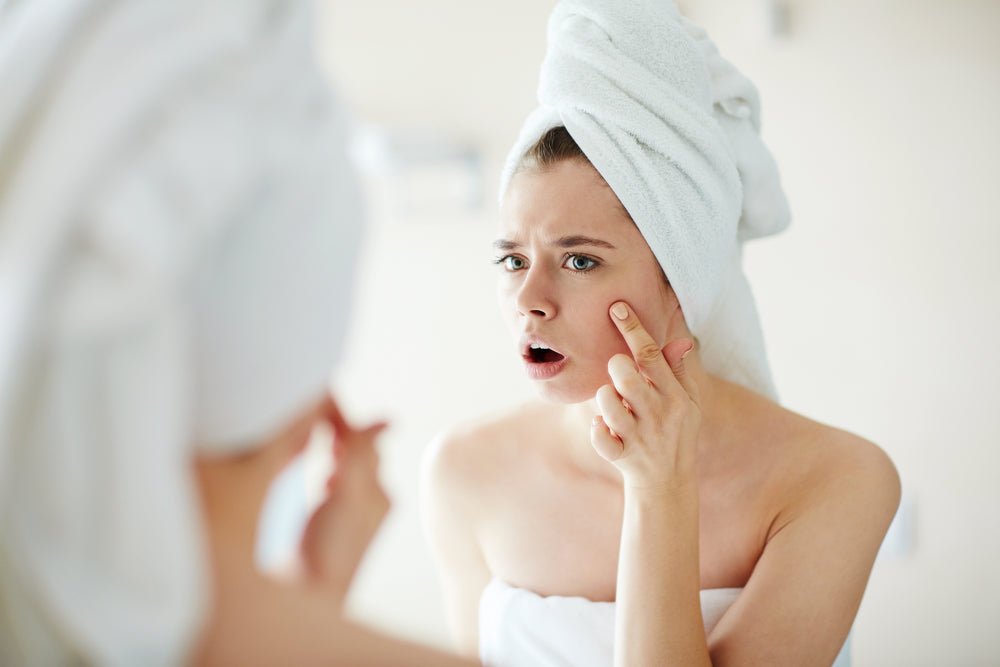
Have you ever wondered if that recurring blemish or problematic acne location could be trying to tell you something important about the state of your health? In Ayurvedic and Chinese medicine, the body-skin connection is a widely-held principle. Practitioners believe that external face indicators can be a secure sign of what’s going on inside your body.
While there isn’t considerable scientific evidence to support these theories as of yet, the fact remains that both external and internal factors can affect the appearance and health of your skin. What you put in your body and the products you to protect your skin can have a discernible impact on those pesky blackheads and whiteheads.
Let’s take a closer look at what the acne face map means and how acne mapping applies to the current condition of your skin.
Forehead and Nose Acne
If you struggle with breakouts in the T-zone, it all goes back to oil and stress. As one of the most visible components of the acne face map, forehead breakouts can stem from a wide range of issues, including small intestine problems, liver issues, upset stomachs, high stress, erratic sleep patterns, and poor dietary habits.
If you want to beat forehead and nose acne, it’s essential to get sufficient sleep and continually flush out toxins in your body by staying hydrated. Keep an eye on your current diet to see if any specific foods seem to trigger a breakout. You should also check to see if any hair or facial products you’re currently using could be sparking acne.
Processed foods with high levels of sugar can spell disaster for your T-zone and skin in general, so avoid these foods if you’re prone to breakouts.

Eyebrow Acne
When you suffer from acne in the region around your eyes, this could signal many health issues. Primarily, eyebrow acne is often an indicator of gallbladder problems, insufficient circulation, and diets that are high in processed foods, alcohol, and fat.
Increasing your water intake and reducing your consumption of highly processed foods can help eliminate and prevent eyebrow acne.
Avoid touching the area around your eyebrows. People frequently touch their face, often hundreds of times in a day, which spread dirt and oils right into your pores.

Cheek Acne
The cheeks are one of the most common problem areas for anyone who deals with blemishes. Acne on the cheeks specifically could be a warning sign of:
- Lung problems
- Liver issues
- Stomach problems
- Stress
- Overeating
Besides these internal factors, numerous other external elements could exacerbate your cheek acne. Everything from dirty makeup brushes to dirty pillowcases to your cell phone could pollute your skin and increase dirt in your pores, triggering a breakout.
Remember to change your pillowcase regularly and wipe your cell phone screen clean often. Cheek breakouts often stem from acne mechanica, which results from rubbing or friction against the skin. However, acne mechanica is not only an issue that can affect the cheek.
It can occur in a variety of different regions of the body, depending on the activity or clothing you wear. Acne mechanica is a common issue with athletes. Typically, dealing with the source of friction on the skin will result in a considerable improvement of any recurring acne issue. Detoxing impurities from your skin with a facial steam will also enhance pore opening ability after cleansing to keep dirt at bay.

Hairline Acne
Do you know those annoying, itty bitty pimples that seem to crop up out of nowhere on your hairline? When you’re facing mapping acne, those zits those have their unique meaning for your health too.
Often called forehead acne, acne around your hairline or temples often stems from external factors, such as the use of particular hair care products. If this happens, the hairline acne is known as pomade acne. Pomade acne can impact both men and women with any skin type.
Waxy or oil products especially can migrate to nearby regions of the face, blocking the pores and stimulating acne breakouts. Specific ingredients in cosmetic products, especially those designed to smooth the hair, could result in acne. Ingredients to look out for include:
- Acrylates
- Panthenol
- PVP/DMAPA
- Dimethicone
- Cyclopentasiloxane
- Oils
- Silicone
- Petrolatum
- Quaternium-70
By avoiding these ingredients altogether or focusing on more basic formulas like detox masks and facial scrubs, you could help inhibit unwanted acne from cropping up around your hairline. Also, it is of particular importance to keep oily hair products from contacting your skin, especially if you’re already prone to oiliness.

Ear Acne
Ear acne is not as common as acne on the face or back, but zits can still pop up in this area. Your outer ear as well as your external ear canal both contain hair cells, skin cells, and glands that produce considerable quantities of oil. These factors create a breeding ground for blemishes.
When the pores in your ear become clogged from sebum, dead skin cells, or bacteria, this can stimulate acne formation. In acne face mapping, some of the most common causes of ear acne include:
- Excess oil production in the ear glands
- Being exposed to a dusty or dirty environment
- Using dirty headphones or earbuds
- Sharing earbuds with someone else
- Putting something in your ear, such as your finger
- Heightened stress levels
- Contacting unclean water, which could also cause swimmer’s ear
- Hormonal imbalance
- Wearing helmets or hats for prolonged periods
- Allergic response to beauty or hair products that enter your ear canal
While you might be tempted, you should always avoid popping zits in your ear, especially the ear canal. Popping zits could push the bacteria deep into your pores and lead to additional problems, including infection and further inflammation. Your ears are highly sensitive, and burst pimple could not only cause skin damage, but scarring.
A heating pad or warm compress could relieve irritation and inflammation associated with ear acne. The heat could also soften the zit to migrate pus to the surface of the pimple. If the pimple drains, gently clean the area and wash it with a mild cleanser to inhibit infection.

Jawline and Chin Acne
Now, what about jawline and chin acne? Acne that pops up on these regions of your skin indicates hormonal imbalance and fluctuation, which could reveal an interruption in your body’s endocrine system. If you’re going to face map acne, understand that jawline and chin acne typically stems from excess levels of androgens.
When your body is producing too many androgens, this will overstimulate oil production in your glands and clog your skin’s pores. Hormonal surges can happen before your period starting during the menstrual cycle. They could also occur if you start birth control medication or switch to a new one.
Poor diet is another acne location meaning for jawline and chin breakouts. Many researchers believe that your gut health impacts acne, because it alters your hormone levels. That is particularly true if you consume high amounts of dairy or high-carbohydrate foods.
Examining your diet and reducing your intake of dairy with added hormones, processed foods, white bread, and sugars could make a marked difference. Instead, replace these processed foods with nutrient-dense, whole, fresh foods such as leafy greens, antioxidant-rich fruits and vegetables, and whole grains.

Treating Acne From a Health and Wellness Perspective
Topical creams, dry oils, and ointments only go so far. Many over-the-counter products and solutions formulated by beauty brands don’t get to the root causes of acne.
That is why it’s important to understand the link between acne and overall health and wellness. From eating well and exercising to staying hydrated and getting enough sleep, fighting acne from the inside out is your best bet to keeping it from coming back.
Read our lifestyle posts to see great tips for fighting acne from the inside out such as understanding the gut-acne connection and foods high in antioxidants, as well as recipes rich with healthy ingredients that contribute to a more youthful, radiant complexion.

Love,
Adi Arezzini | @adiarezzini
Co-Founder + CEO, Teami Blends
Certified Holistic Nutrition Coach
Get Naturally Clear Skin
1 comment
Subscribe to our Newsletter
Subscribe to our newsletter and get 10% off your first purchase
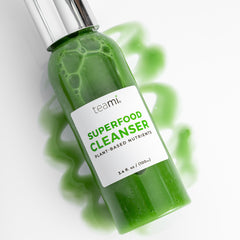
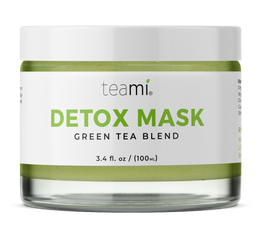
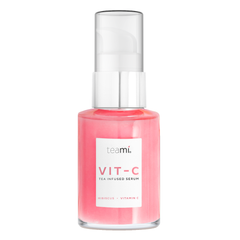
 Instagram
Instagram



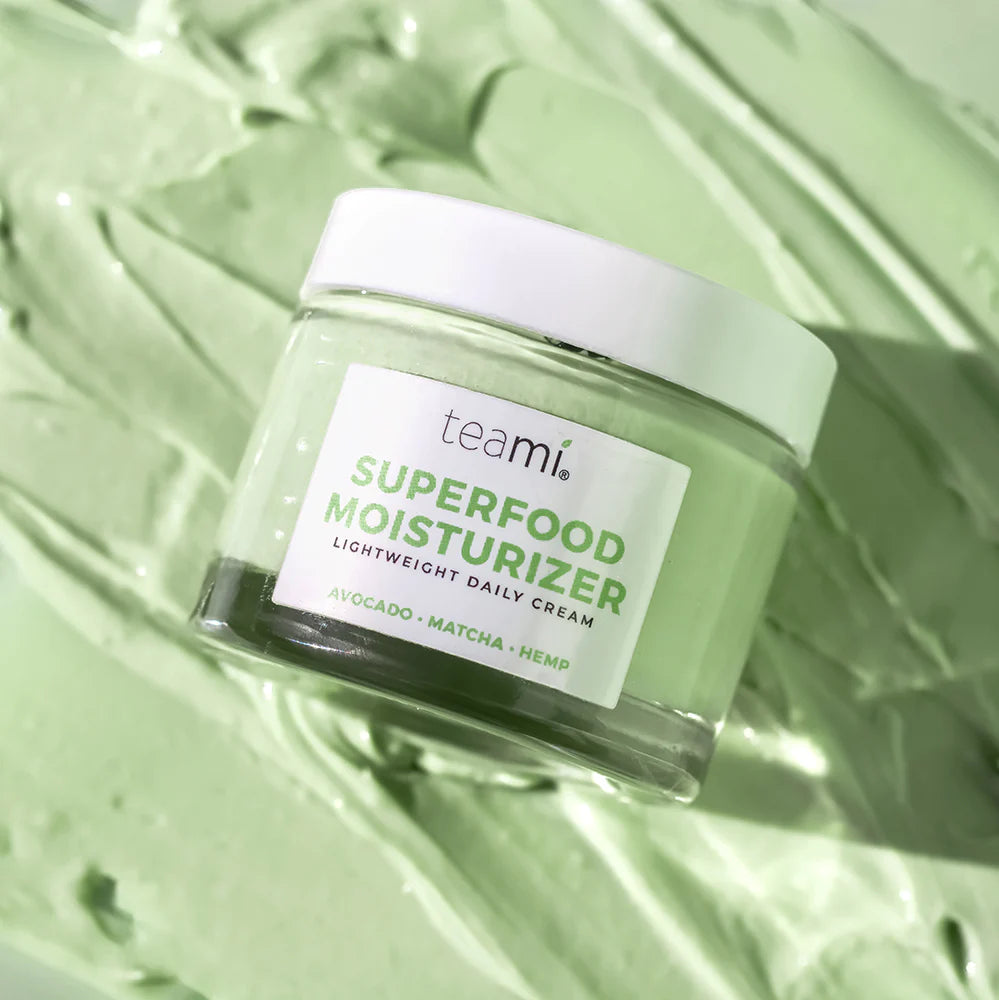
Thanks for the information on how prevent acne building up.